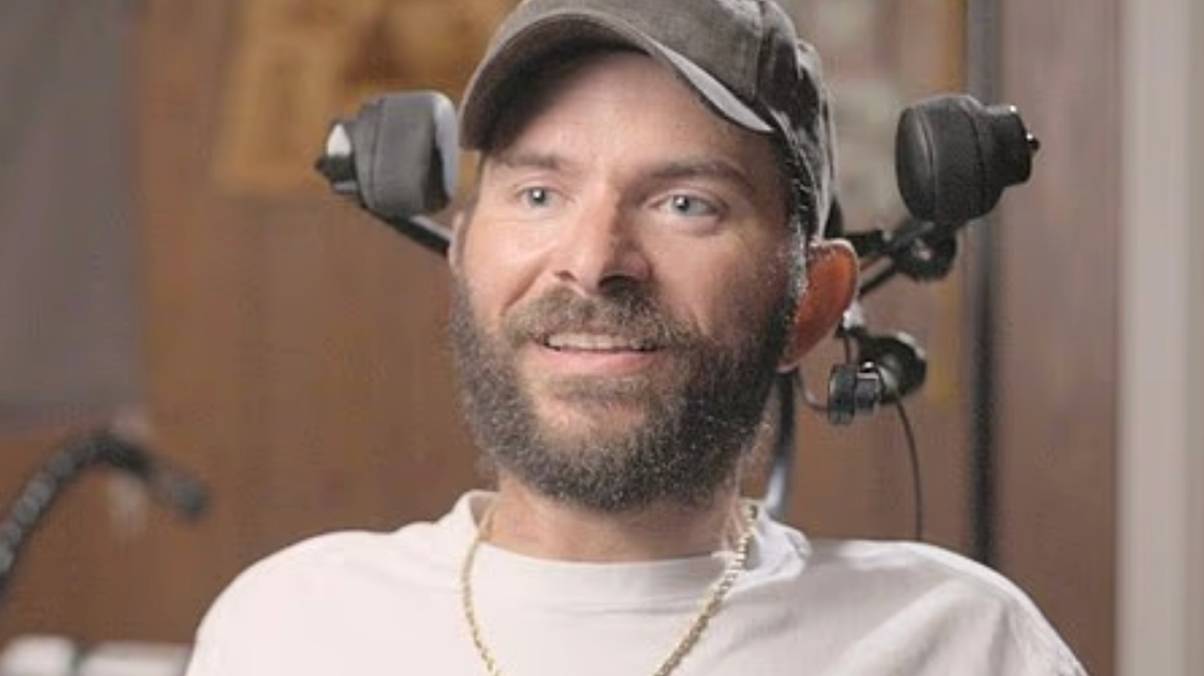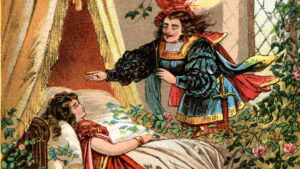“Unveiling the Secrets: How Your Favorite Drinks Lose Their Kick Without Losing Flavor!”
But whatever process is used, today decaf coffee makes up around 12% of total global coffee consumption – a number that is steadily growing year by year. However, it is important to not that while coffee and tea treated with the aforementioned processes are marketed as “decaffeinated”, they are not, in fact, entirely caffeine-free. Indeed, according to FDA regulations, coffee is considered decaffeinated when at least 97% of its original caffeine content has been removed. Beyond this, the actual caffeine content will vary significantly from brand-to-brand. So if you are someone whose body is sensitive to even small amounts of caffeine, it is probably best to avoid decaffeinated coffee or tea altogether and stick to herbal tea, hot chocolate, and other alternatives. Or you may want to try out one of the newest entries in the field of decaffeinated beverages: naturally caffeine-free coffee. Coffeea charrieriana, also known as Charrier Coffee, is a member of the Coffea genus native to Cameroon in Central Africa whose beans naturally contain no caffeine. Though cultivated and sold by a few coffee producers, Charrier coffee is widely considered inferior-tasting to its more famous caffeinated cousin, Coffea arabica, and has yet to catch on even with regular decaf coffee drinkers. However, several efforts are underway to hybridize Coffea charrieriana and Coffee arabica – or even genetically modify either species – to produce a naturally caffeine-free cultivar that preserves the flavour profile of regular coffee.












